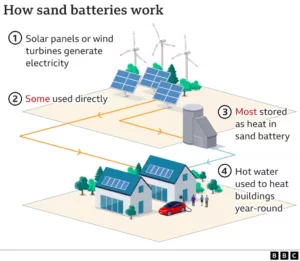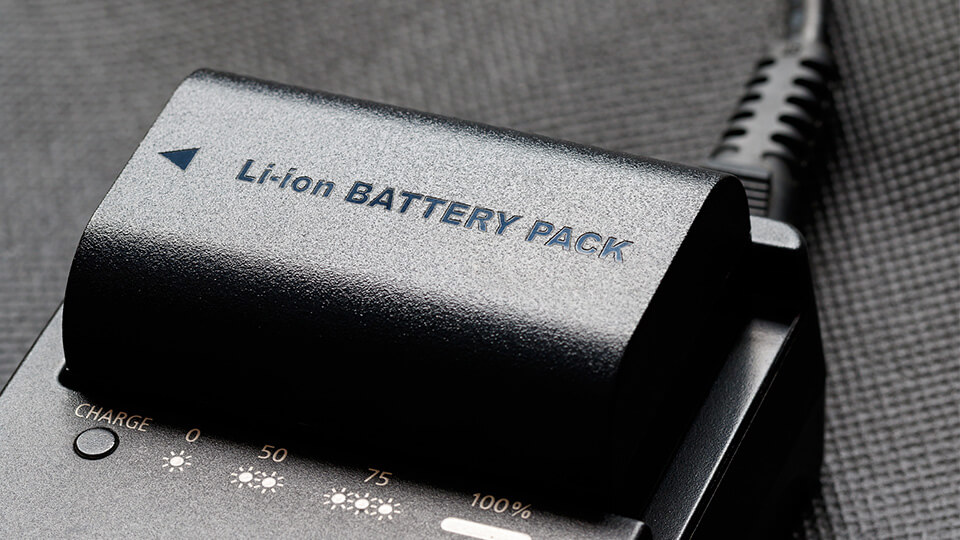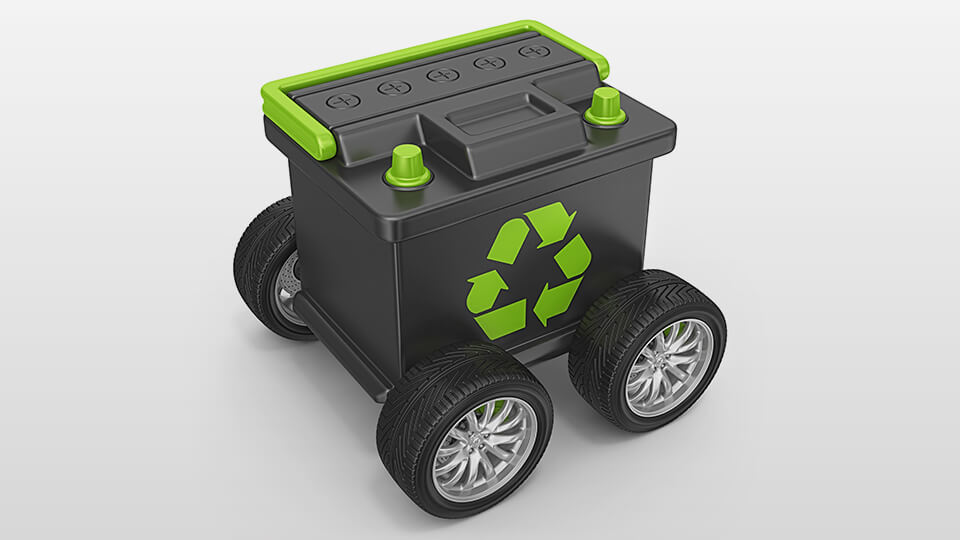Four young Finnish engineers have developed a sand battery that could transform clean energy storage. Their company has evolved into a start-up, Polar Night Energy.
The growing demand for sustainable energy storage and the ethical and environmental issues associated with lithium-ion batteries have intensified the search for alternatives. Among the emerging technologies aiming to revolutionize the energy storage landscape are sand batteries.
The Vatajankoski power plant is home to the world’s first commercial-scale sand battery. The battery is fully enclosed in a 7metre high steel container, the battery consists of 100 tonnes of low-grade builders’ sand, two distinct heating pipes and a fan. The sand becomes a battery after it is heated up to 600 degrees C using electricity generated by wind turbines and solar panels. The renewable energy powers a resistance heater which heats up the air inside the sand. Inside the battery, this hot air is circulated by a fan around the sand through heat exchange pipes. Thick insulation surrounds the sand, keeping the temperature inside the battery at 600C even when it is freezing outside.

The battery stores 8 MWh of thermal energy when full. When energy demand rises, the battery discharges about 200 kW of power through the heat-exchange pipes: that’s enough to provide heating and hot water for about 100 homes and a public swimming pool. The battery is charged overnight when the electricity prices are lower.
Key Benefits
One of the key benefits of this new technology is that sand can maintain stored energy for weeks, even months which is a significant advantage over the more widely used lithium-ion batteries which typically can only hold energy for a few hours.
The new sand batteries also have several other advantages including not having to mine or extract materials like cobalt. Sand is also abundant and relatively cheap, compared to other lithium-ion batteries. The set up costs of the plant do need to be more thoroughly examined if they are to become a commercial solution.
Sand batteries are also a much safer option than lithium-ion batteries which are flammable and can pose a fire risk.
There are several other factors to be considered when looking at sand batteries. Can they be scaled up to meet global energy storage demands and is the cost to set up more costly and time consuming. It is also questionable whether they can store energy as densely as lithium-ion for applications like people movement and electric vehicles. They may be limited in scope. The technology may also be more suited to developed countries with the resources to invest.
Sand batteries are an important step forward in the pursuit of sustainable, long-term energy storage solutions. While they are not without their challenges, the potential benefits are significant and as the technology develops they may well provide an option to the storage needs of the world.
At ecobatt we continue to look at the major trends in battery storage around the world as well as implications this may have on recycling. We are committed to sustainable development and reducing our dependence on fossil fuels.





